Dak Nong currently has 2,024 artisans proficient in traditional crafts such as weaving, gong playing, and brocade weaving. Many of these artisans, despite their young age, have made great contributions to preserving, maintaining, and promoting the traditional culture of their people.
In addition, many children and teenagers in ethnic minority areas in the province increasingly love and care about preserving, promoting and "keeping alive" the traditional cultural values of their people.
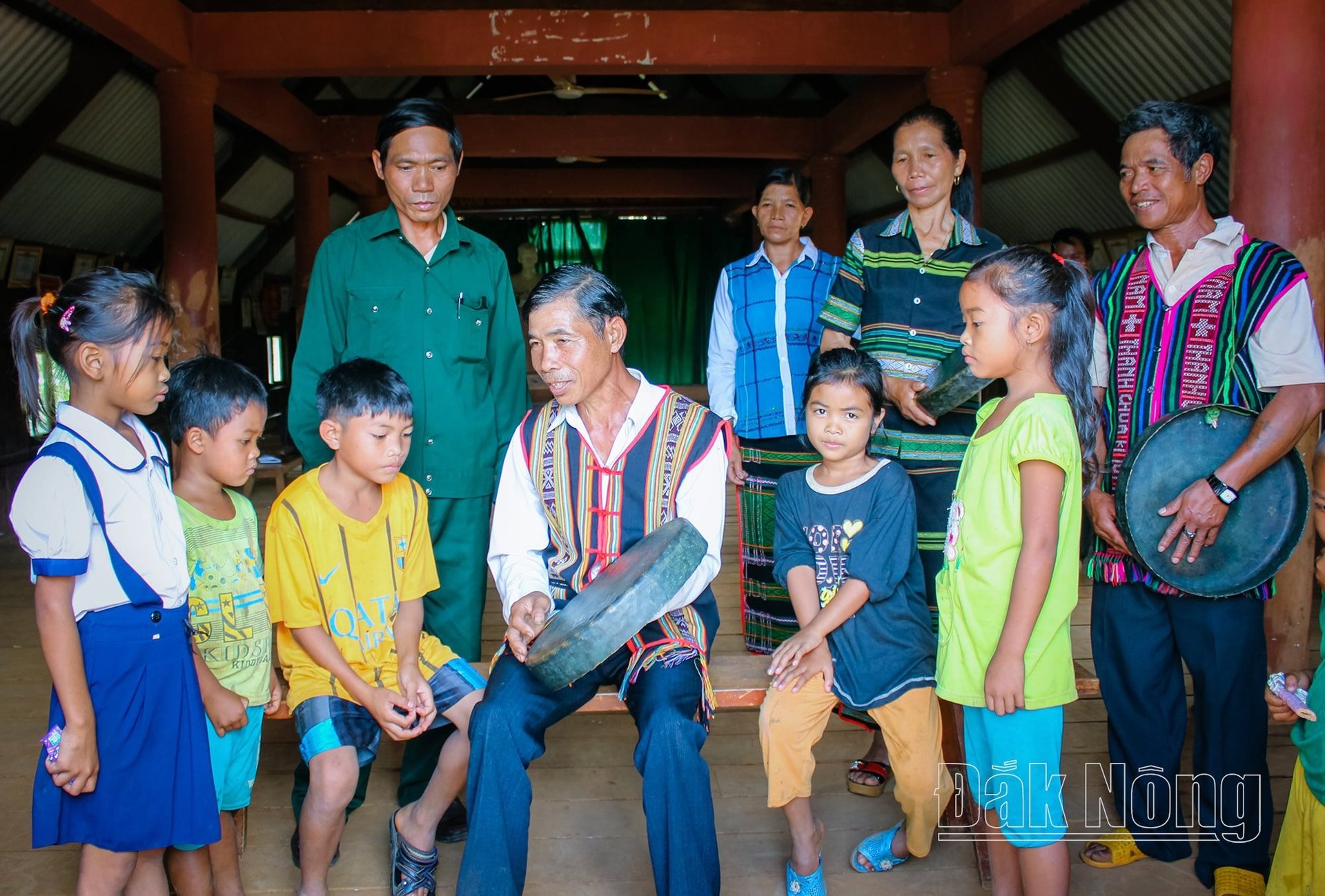

Currently, in Dak Nong, there are 7 secondary and high schools for ethnic minorities in the districts, and 1 N'Trang Long high school for ethnic minorities in Gia Nghia city. These ethnic minority schools, in addition to doing a good job of teaching secondary and high school knowledge, also focus on training and extracurricular teaching about the traditional culture of each ethnic group for students.
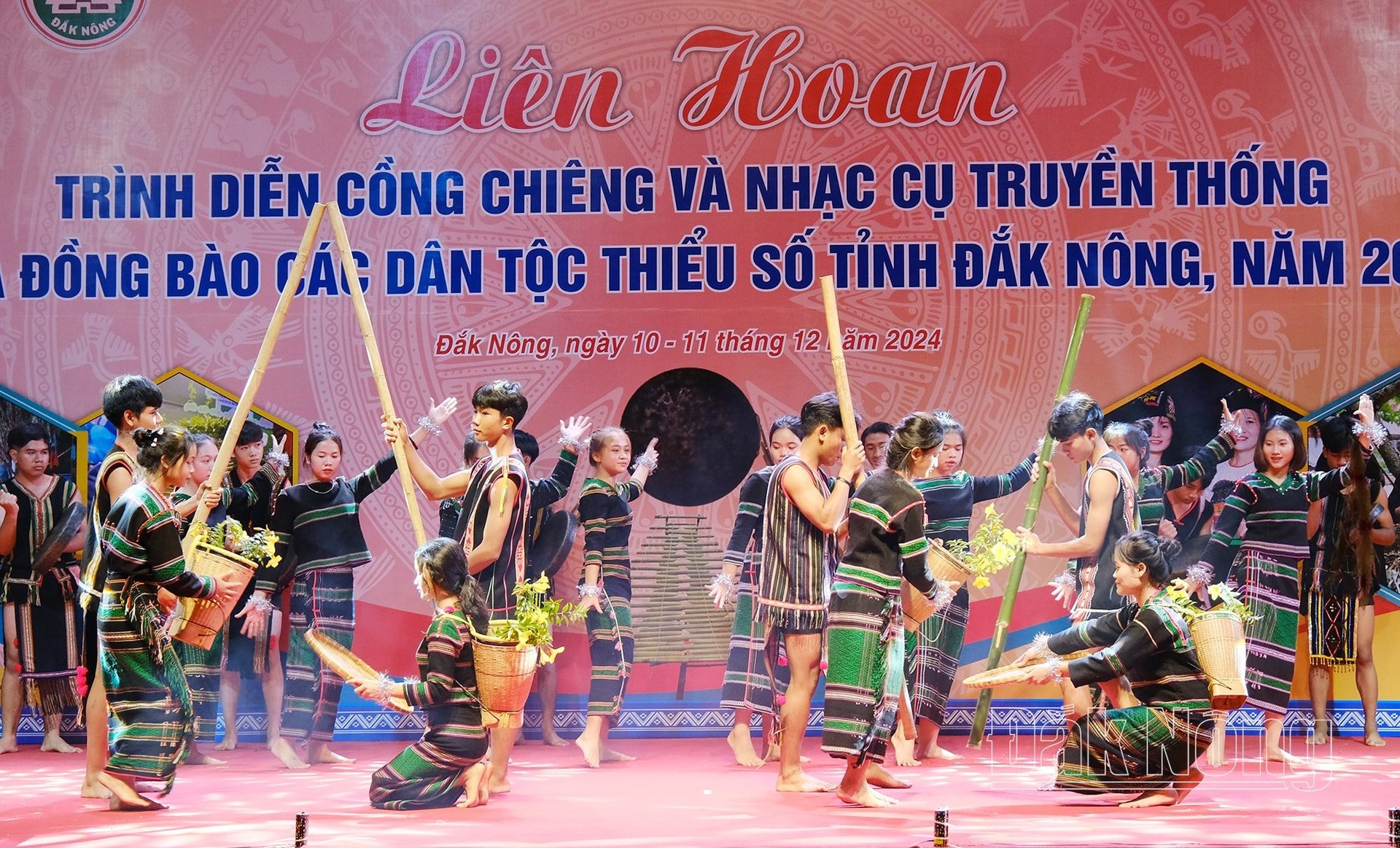
At N'Trang Long Ethnic Minority High School in Gia Nghia City (Dak Nong), starting from the 2020-2021 school year, the school supported students to establish a "Beauty of Ethnic Cultures" Club, consisting of 6 teams. The team's name is the name of that ethnic group such as M'nong, Ede, Nung-Tay, Mong, Ma, Muong, etc. In addition, the school built, established, and maintained the gong and xoan dance teams of the "Beauty of Ethnic Cultures" Club.

The core members are talented and passionate students who aim to preserve and promote the unique characteristics of ethnic groups. Over the years, when grade 12 students graduate, newly recruited grade 10 students will continue to join the club to improve, supplement, and implement activities to help the club maintain and develop.
Every month, the teams in the club will participate in introducing to all teachers and students of the school the cultural beauty and national identity of their ethnic group. Through this, students have the opportunity to exchange, share, and understand more about each other's customs and practices, creating integration and cohesion between the cultures of different ethnic groups.
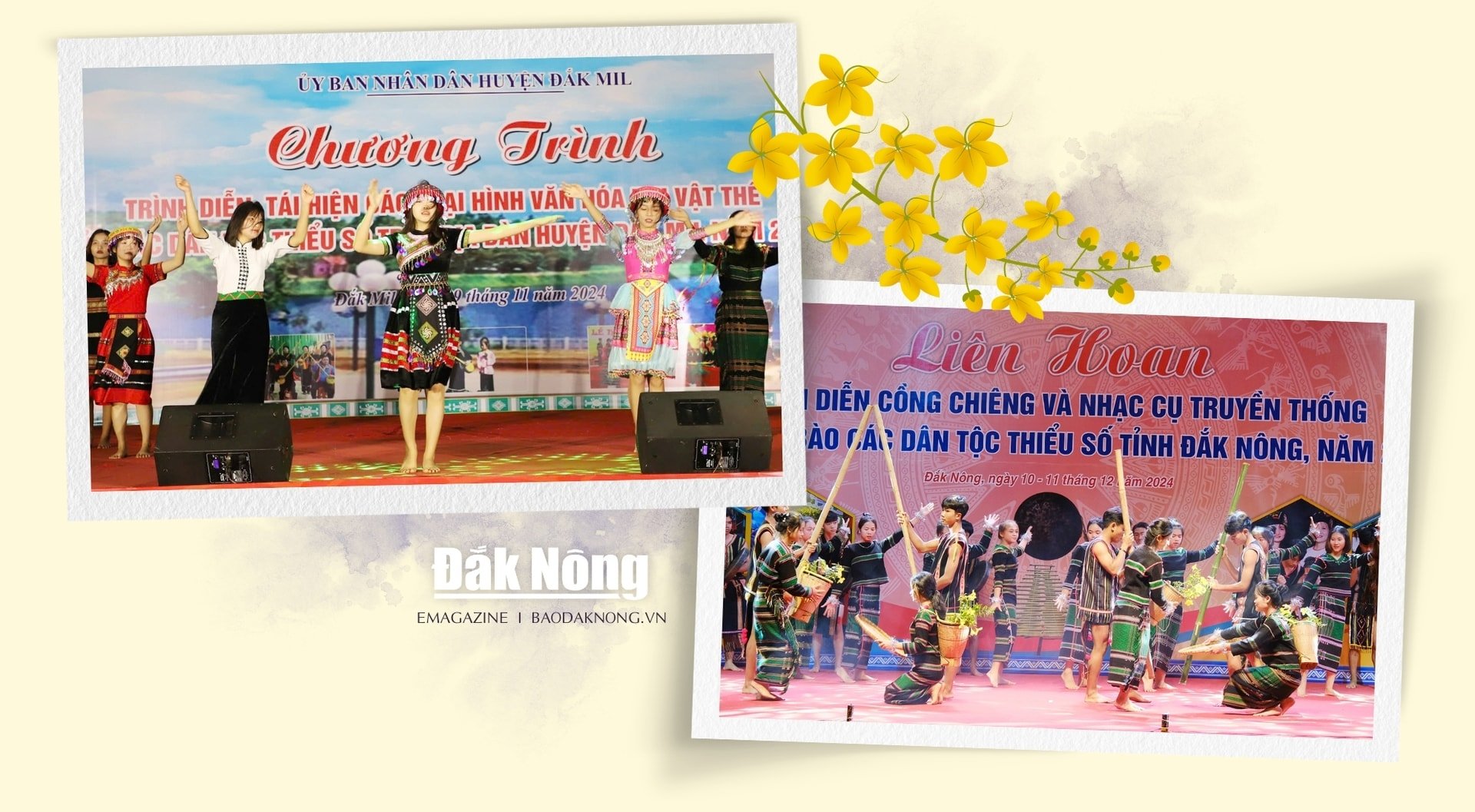
“After 3 years of studying here, I really enjoy and am excited to participate in the school's cultural activities. Through the food festival or traditional costume contest, my friends and I have had fun, participated in activities, and introduced to our friends the customs and practices of our ethnic group. This is also an opportunity for me and my friends to learn more about the unique features of other ethnic groups. Although I have gone to university, whenever I have the chance, I come back to visit the school and participate with my Mong ethnic cultural group,” said Sung Minh Huyen, a former 12th grade student.
The school regularly organizes and participates in competitions and performances to create a playground for displaying traditional costumes of ethnic groups, attracting the enthusiastic participation of students. Ms. Do Thi Viet Ha, Principal of N'Trang Long Ethnic Minority High School, said: The students are very passionate and love to learn the traditional cultural activities of their ethnic group. It seems that traditional culture has permeated their blood. Through the support of the school, the students have made many efforts, becoming a source of continuity in preserving, conserving and transmitting the traditional culture of their ethnic group.
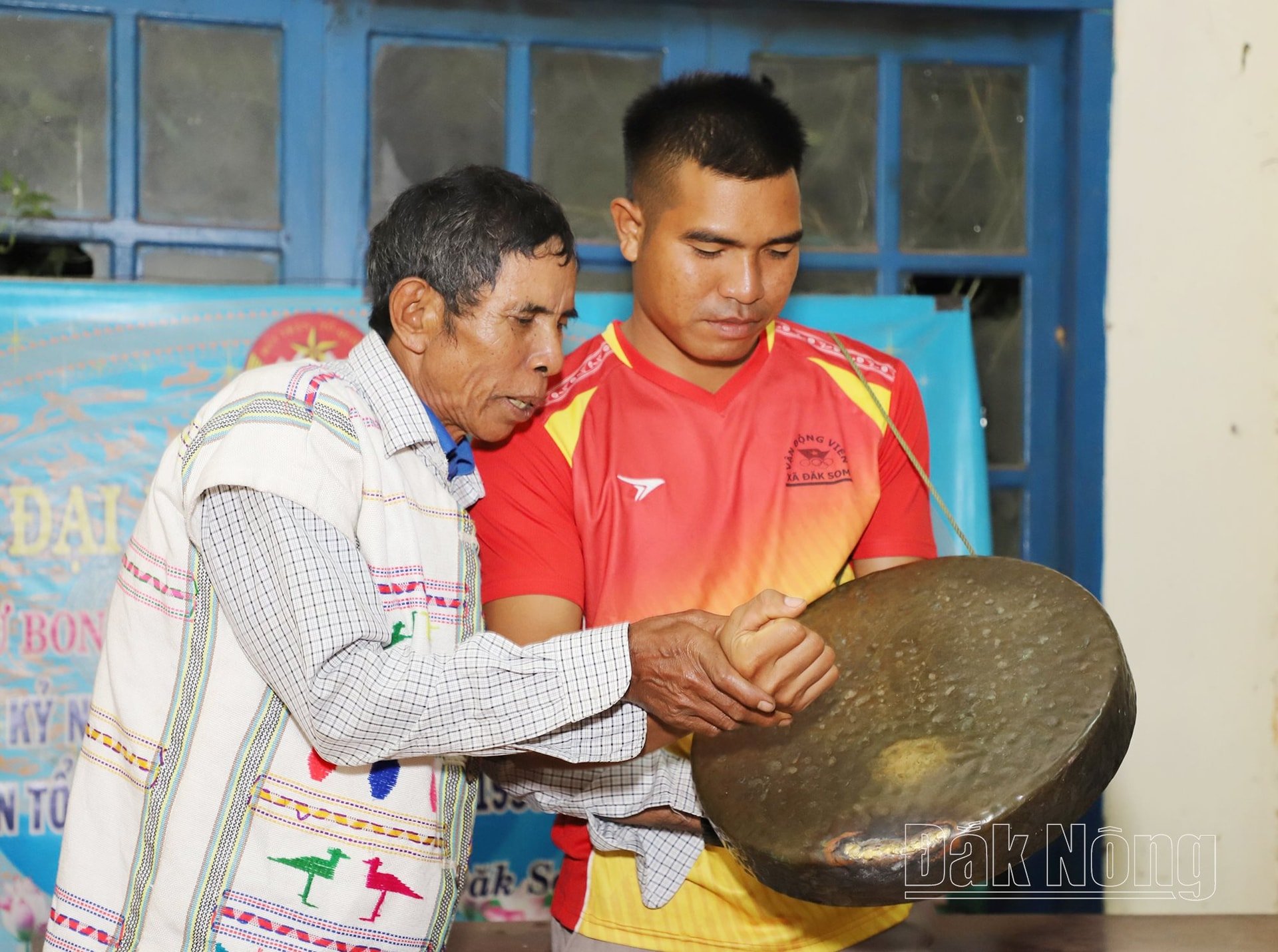
Most recently, the model "Youth Union members with awareness of preserving national cultural identity" of N'Trang Long Ethnic Minority High School won second prize at the contest "Typical advanced models in studying and following Ho Chi Minh's ideology, morality and style, 2023" organized by the Party Committee of Agencies and Enterprises of Dak Nong province recently.
Some secondary and high schools for ethnic minorities in the province also have many activities to help students understand, preserve and maintain the traditional cultural beauty of their ethnic group.
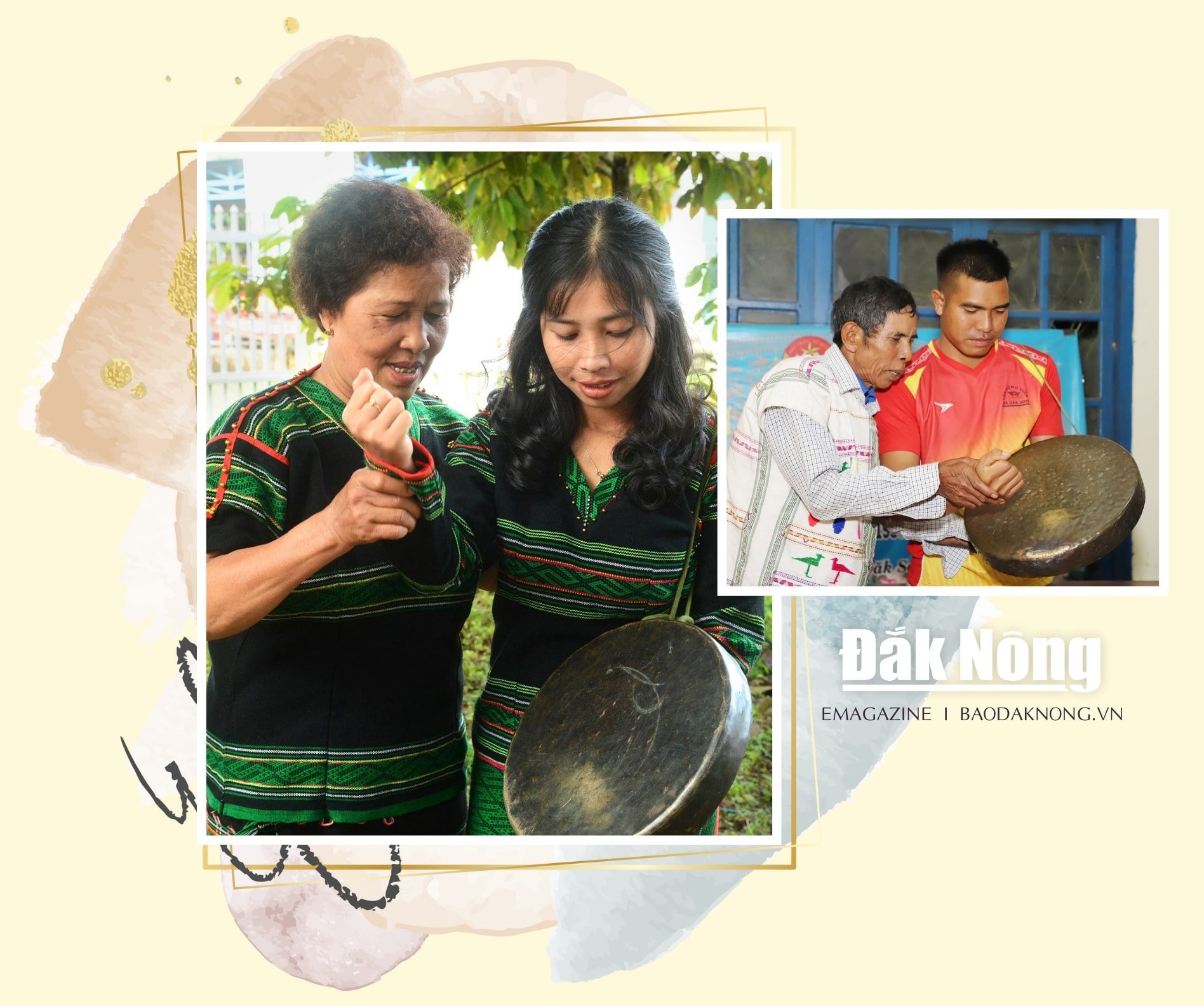
Dak Mil District Ethnic Minority Boarding Secondary and High School is also a typical local unit ineducating and supporting students to "keep the flame" of traditional culture of ethnic groups. The school regularly invites artisans from many fields, such as dancing, folk singing, gong playing, brocade weaving to teach students. The school also established a traditional art troupe of the M'nong ethnic group, regularly participating in competitions, festivals and performing at local events.
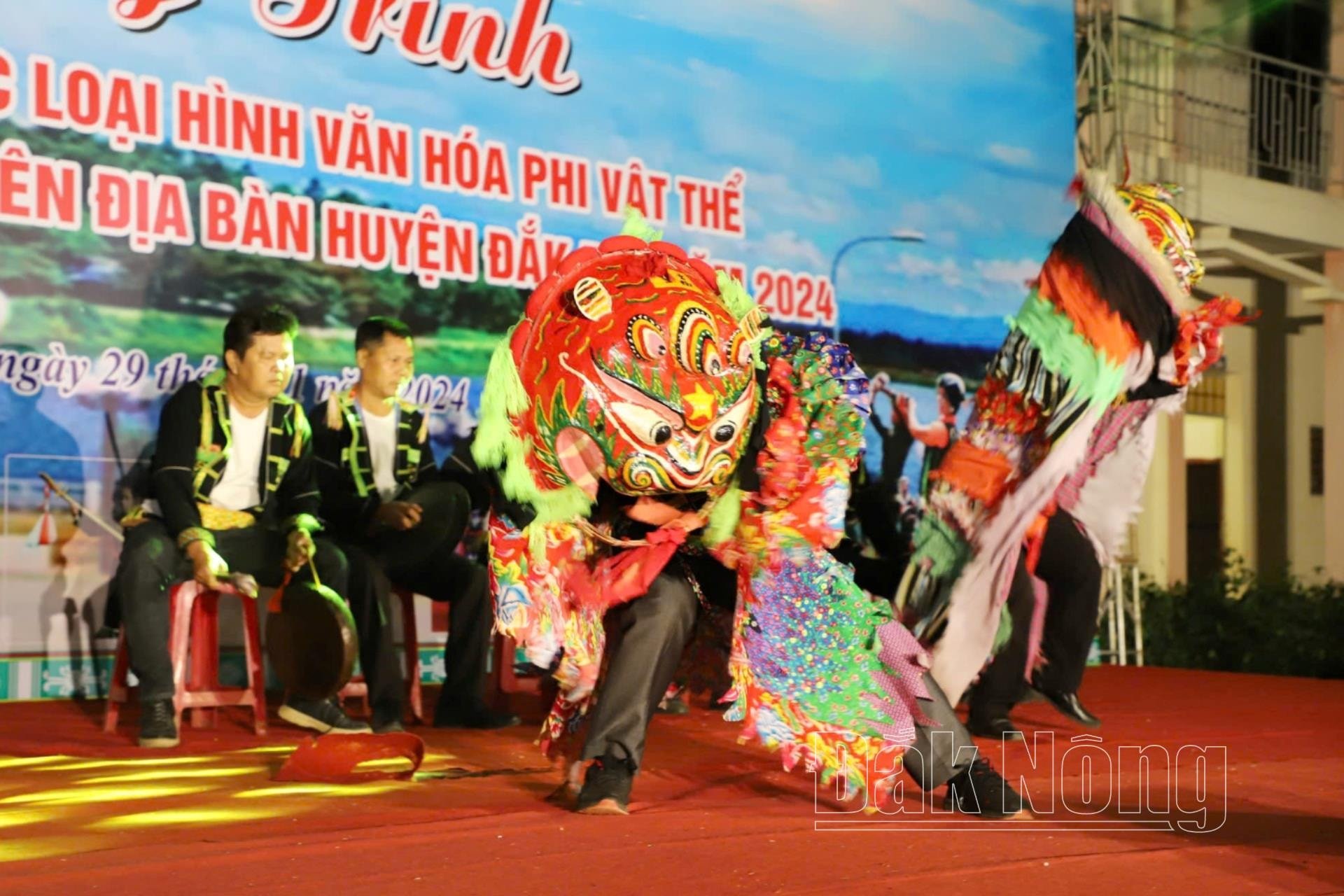
The students of the school are very interested in learning and exploring the cultural beauty of their ethnic groups. H'Him, a M'nong ethnic minority, grade 12 student at Dak Mil District Ethnic Minority Boarding Secondary and High School, shared: "In addition to the drum culture of the M'nong people, I also really like the dance performances of other ethnic groups. I am very impressed by the unique beauty of each ethnic group through each performance. Especially the performances of the uncles, aunts, brothers and sisters in Sa Pa hamlet, Thuan An commune help me understand more about the culture of my ethnic group."
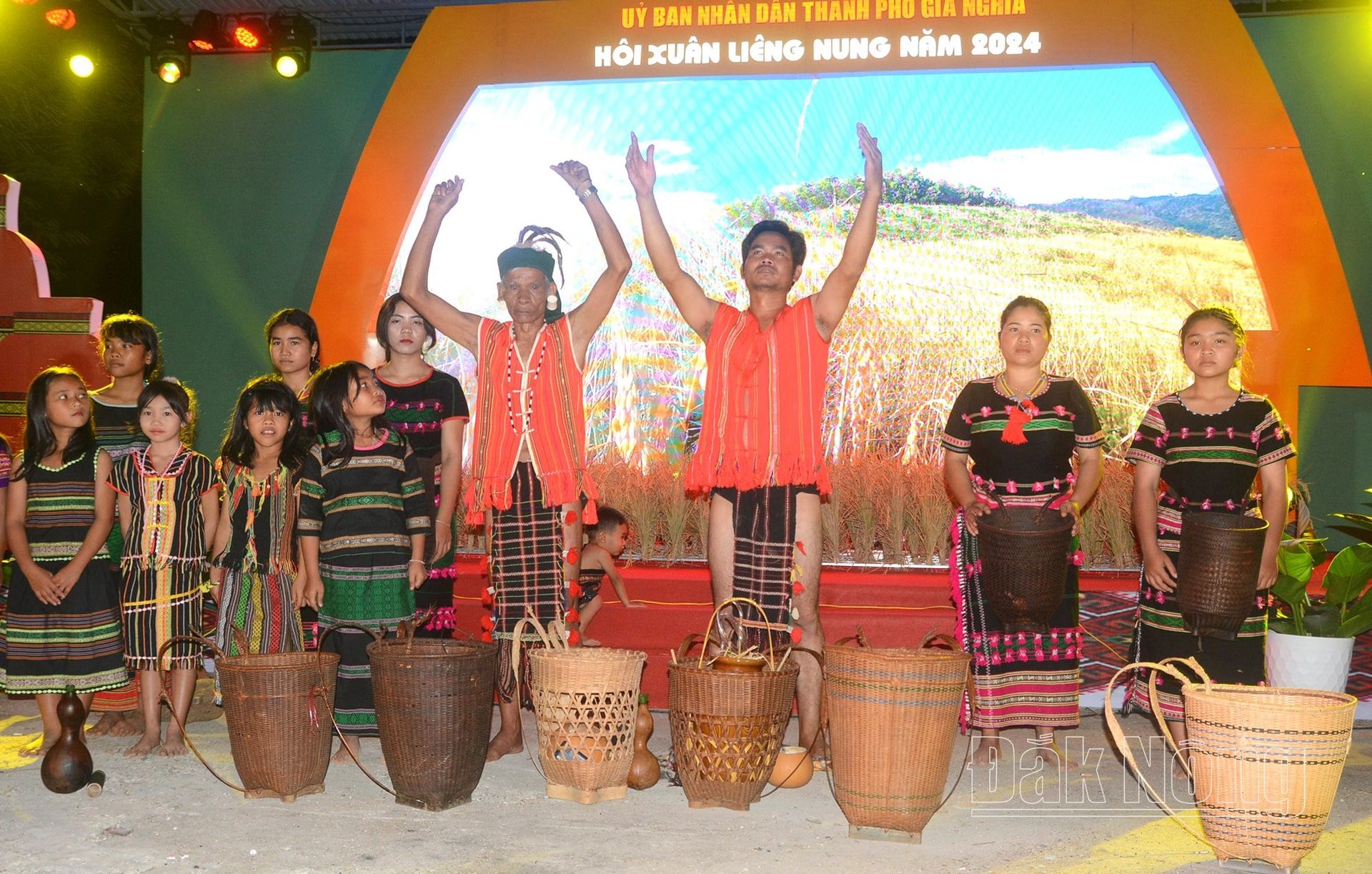

In recent times, along with the efforts of Dak Nong province, the government and functional agencies from district to commune, village and hamlet in the province have always focused on educating awareness and imparting skills to young artisans, teenagers and children in continuing and preserving the traditional culture of ethnic minorities. Some localities that have been outstanding in this activity are Krong No, Dak Mil, Cu Jut, Dak R'lap...
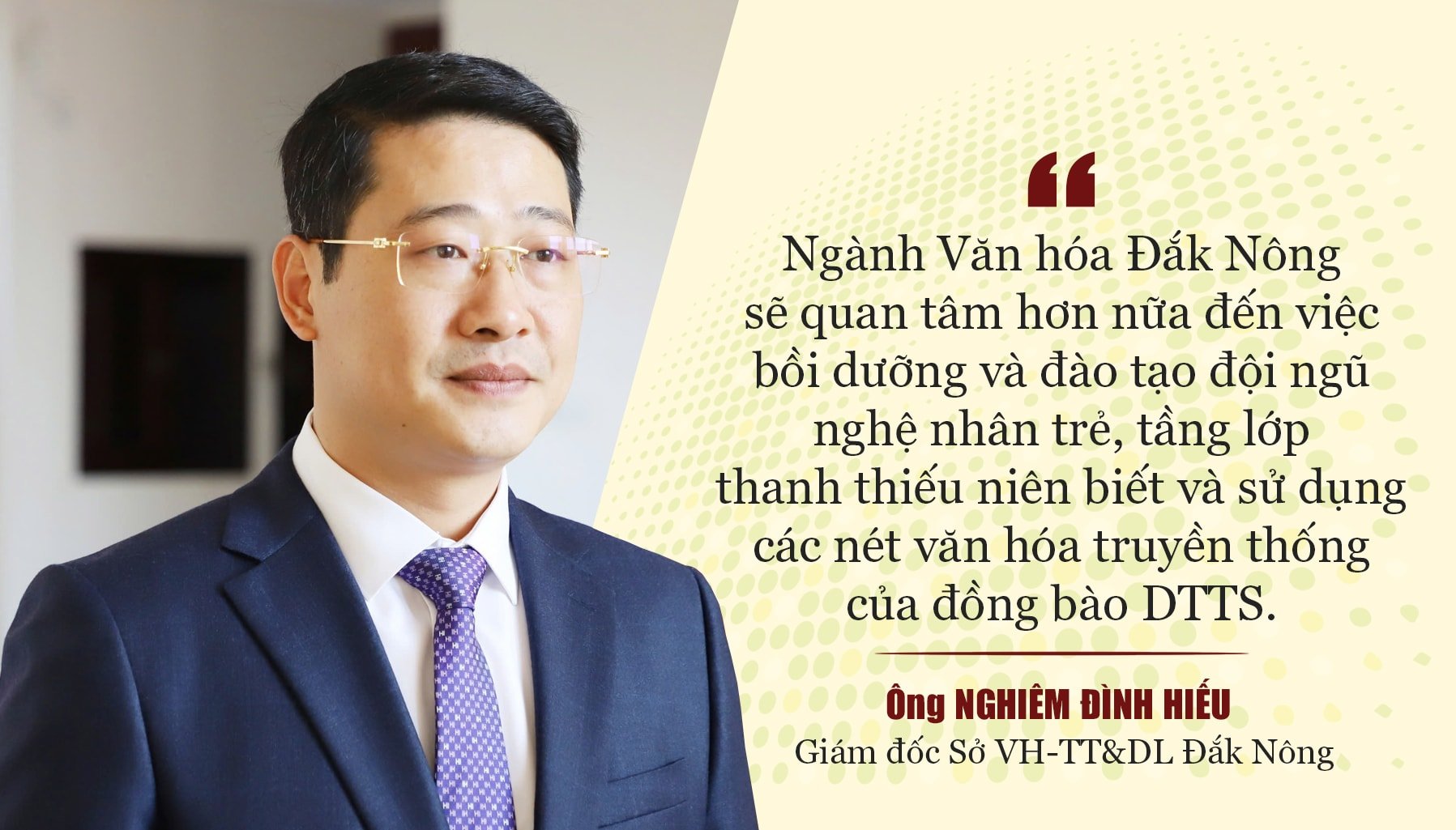
With 24 ethnic minorities living together, Krong No is a colorful picture containing the unique culture of the indigenous peoples and the new colors of the northern ethnic migrants. Each ethnic group has its own unique and rich cultural traditions from music, cuisine, costumes to folk festivals.
Standing out in the cultural picture of Krong No district is the unique and diverse cultural treasure of the indigenous people: M'nong, Ede. Many festivals are still preserved to this day such as Tam plang Blang bon; Tam N'Gap bon; worshiping the water wharf; praying for rain; moving into a new house... The presence of ethnic groups from the northern mountainous provinces also makes the cultural picture of Krong No land more vivid.
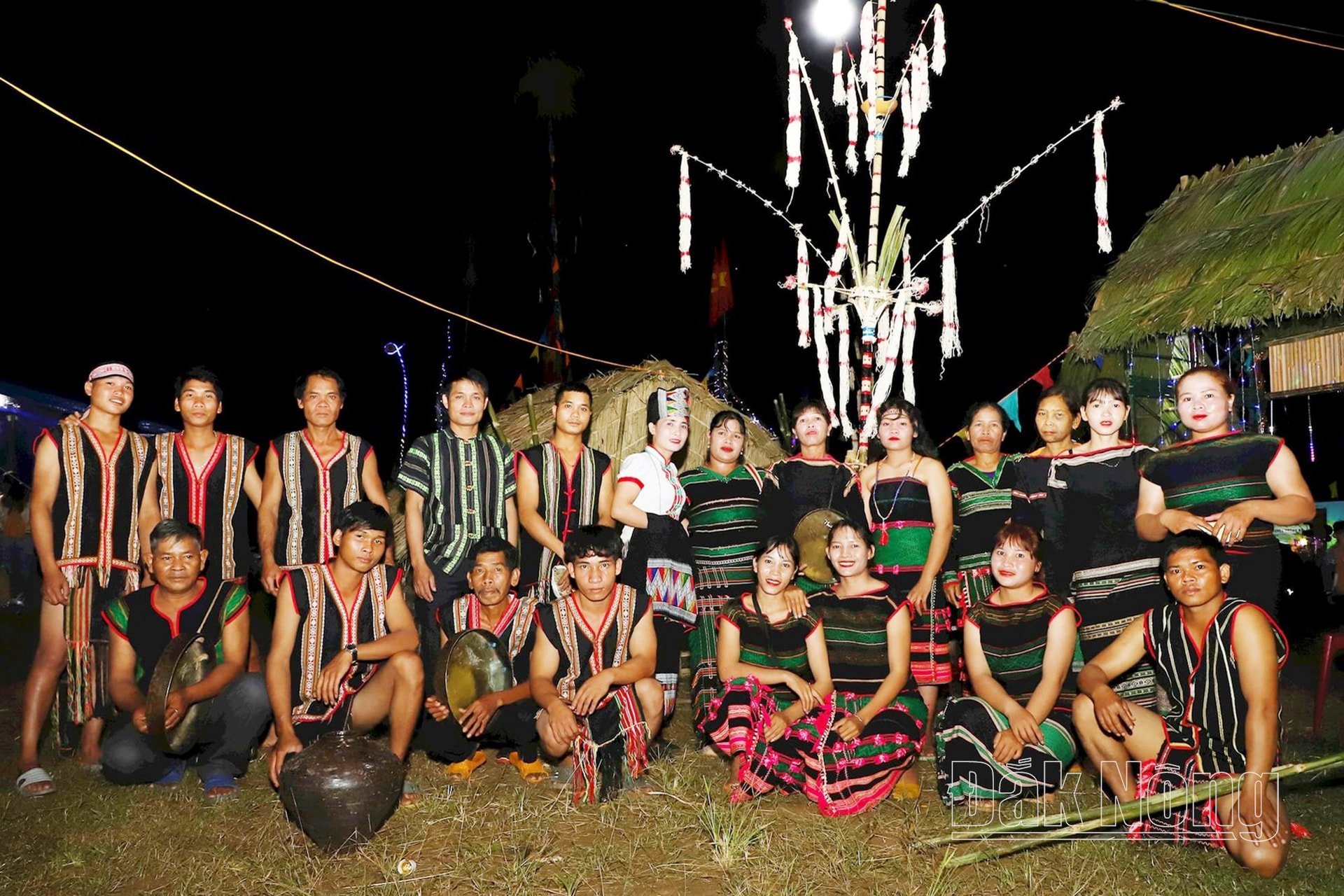
With many different resources, in which, capital from Program 1719 has supported Krong No a lot in cultural preservation work, including training classes and cultural teaching.
Skill training classes include: advanced gong playing and M'nong folk songs, Nam Nung commune; brocade weaving, Dao ethnic brocade weaving patterns, Nam N'dir commune; advanced gong playing, M'nong ethnic pole restoration, Quang Phu commune and advanced gong playing, Ede ethnic weaving, Quang Phu commune...
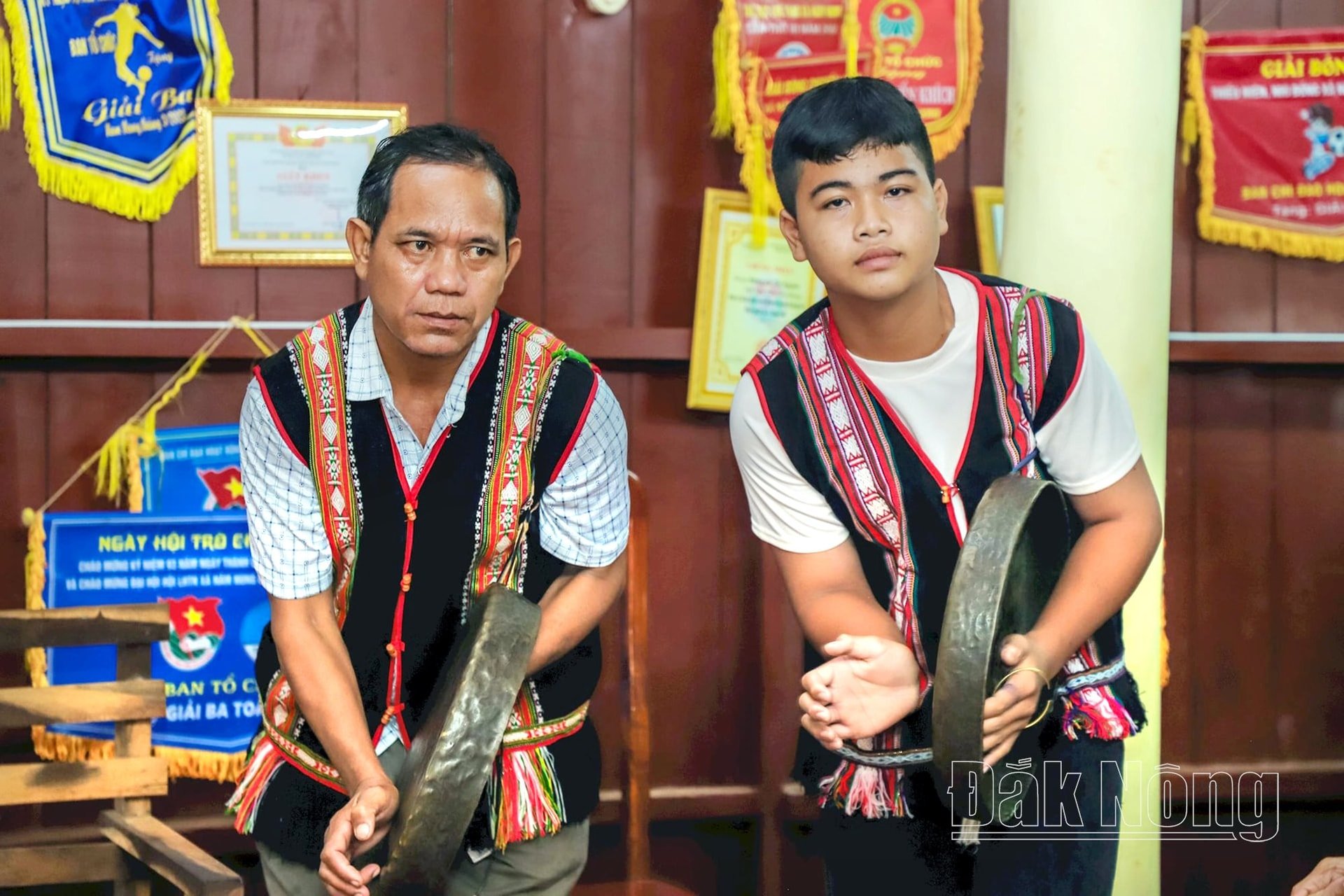
Y Bang (born in 2010), Ja Rah village, Nam Nung commune, said that after participating in the training course on gong playing skills in 2024, he actively joined the gong team of the Yok Nam Nung Community Tourism Group. Every time he gets to perform at festivals or serve tourists, he feels great.
Similarly, H'Noa (born in 2006) in Ja Rah village has been a young member of the dance group in Nam Nung commune, Krong No district for 3 years now. The young girl is always passionate and conscious of preserving the cultural beauty of her ethnic group. H'Noa's voluntary participation has inspired the young generation in the village to promote the traditional cultural beauty of the ethnic group.
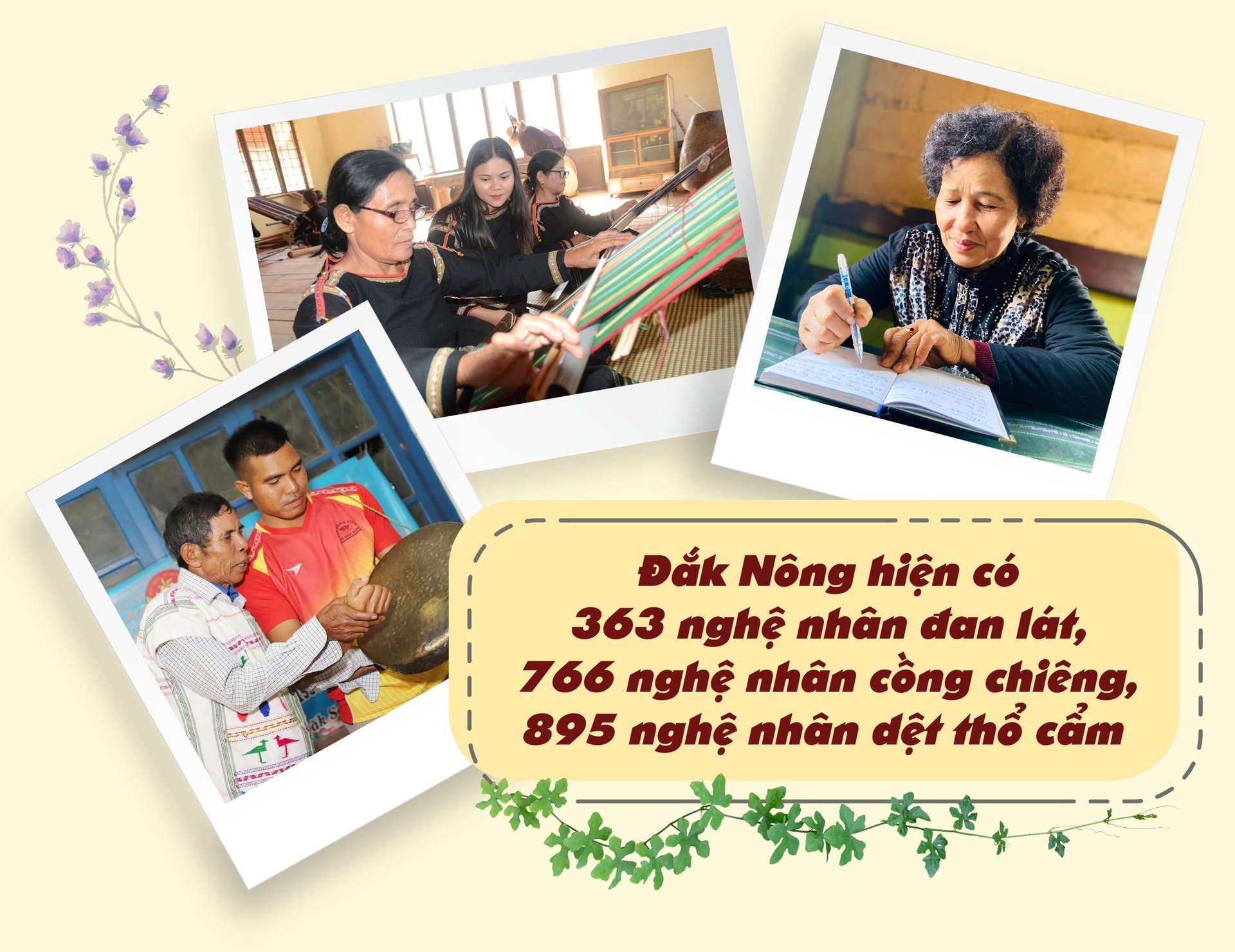
In 2024, Krong No district organized 4 training courses, supporting excellent artisans to teach intangible culture to ethnic minorities, especially young people in the district... Mr. Huynh Cong Nga, Deputy Head of the Department of Culture and Information of Krong No district said.
At the age of 22, Ms. Thi Nam, Ol Bu Tung village, Quang Tin commune, Dak R'lap district was awarded the title of "Brocade Weaver" - considered the youngest artisan in Dak Nong province.
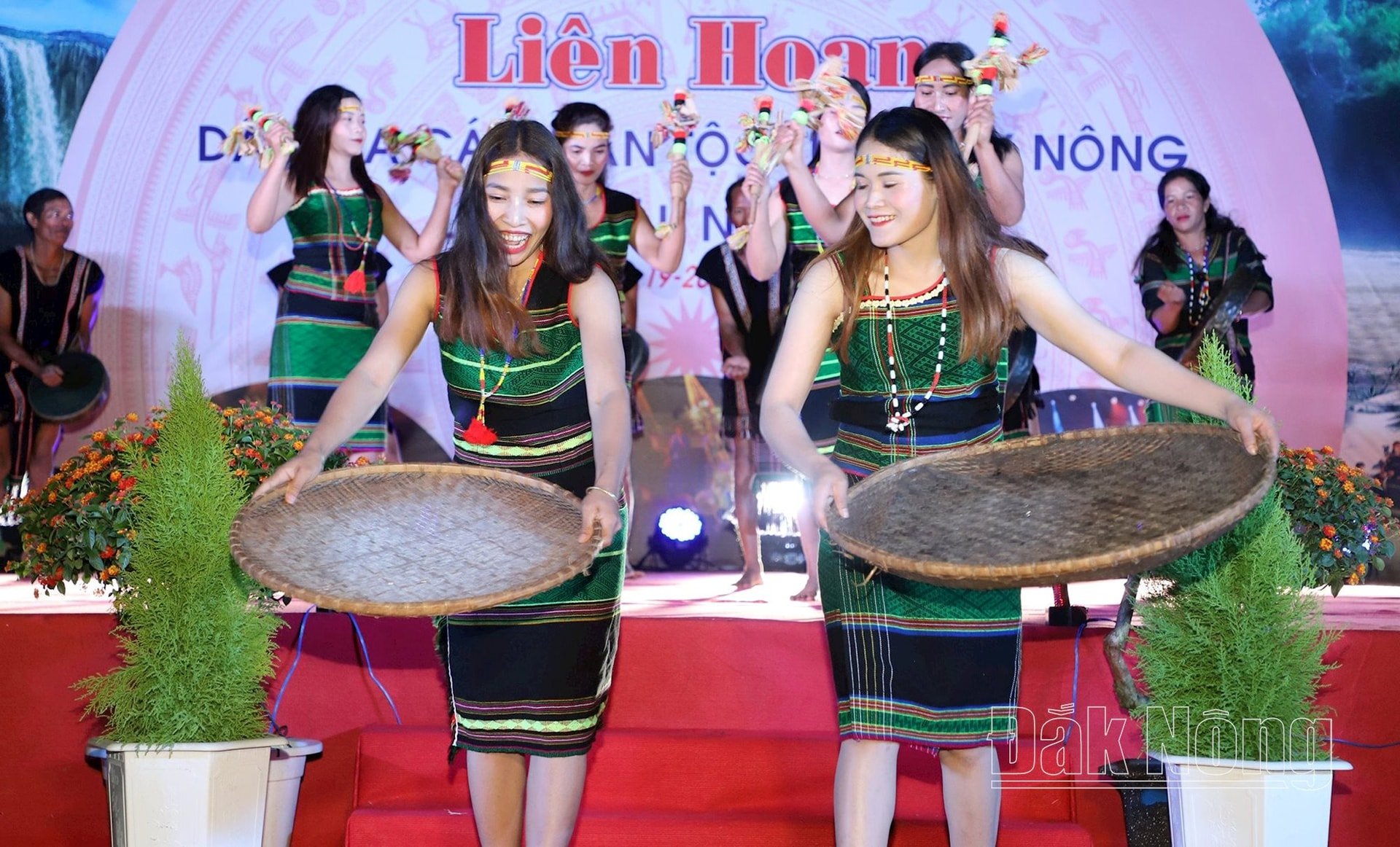
In 2019, at the first Vietnam Brocade Culture Festival, young artisan Thi Nam surpassed hundreds of "veteran" artisans to win the excellent award. At that time, artisan Thi Nam was only 23 years old. This award, along with the experiences learned from the festival, gave Thi Nam more motivation to return to her village to develop the traditional craft.
With more than 10 years of experience in the profession, young artisan Thi Nam has created many unique products. She has been honored in many competitions and received a certificate of excellent artisan title. In addition to weaving brocade, young artisan Thi Nam is also an active member of the folk art troupe of Quang Tin commune, regularly participating in competitions, performances, promoting the beauty of M'nong culture in and outside the province...
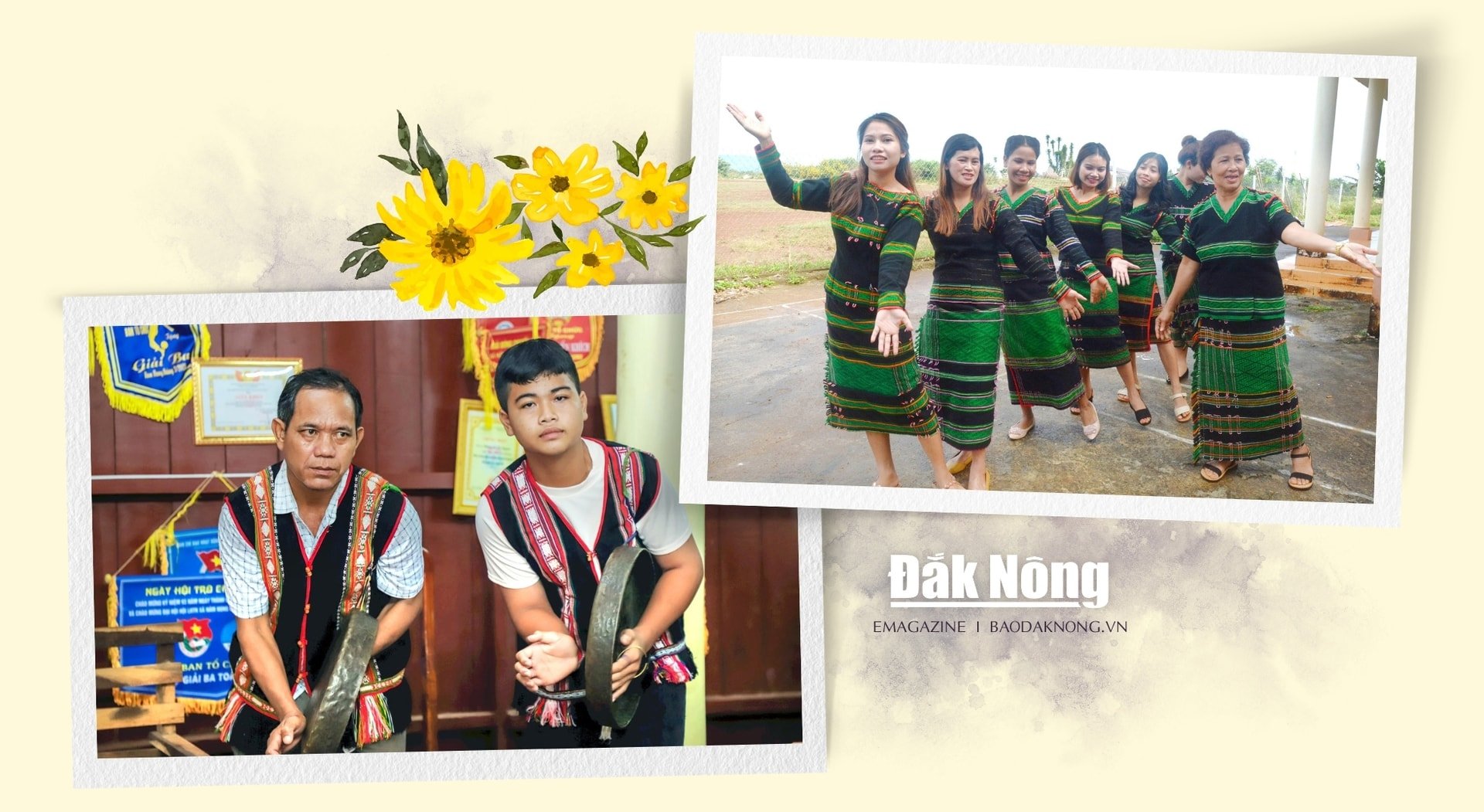
In Dak Mil district, the locality encourages and supports local ethnic minorities and northerners who have migrated to live and make efforts to preserve their culture. In particular, Thuan An commune has established the Sa Pa-Bu Dak inter-bon cultural club; Duc Minh commune has the Jun Ju bon art troupe; Long Son commune has established the Tay Son-Dong Son inter-bon art troupe of Tay and Nung ethnic groups; Dak Ghenh commune has the art troupe of ethnic minority students in Dak Mil district... Among them, many young children are very active and passionate about learning about traditional cultural beauty such as H'Joen, Tran H Nha Tram, Sa Pa bon, H'Nguy, Bu Dak bon, Thuan An commune; H'Him, H'Na, Jun Ju bon, Duc Minh commune...
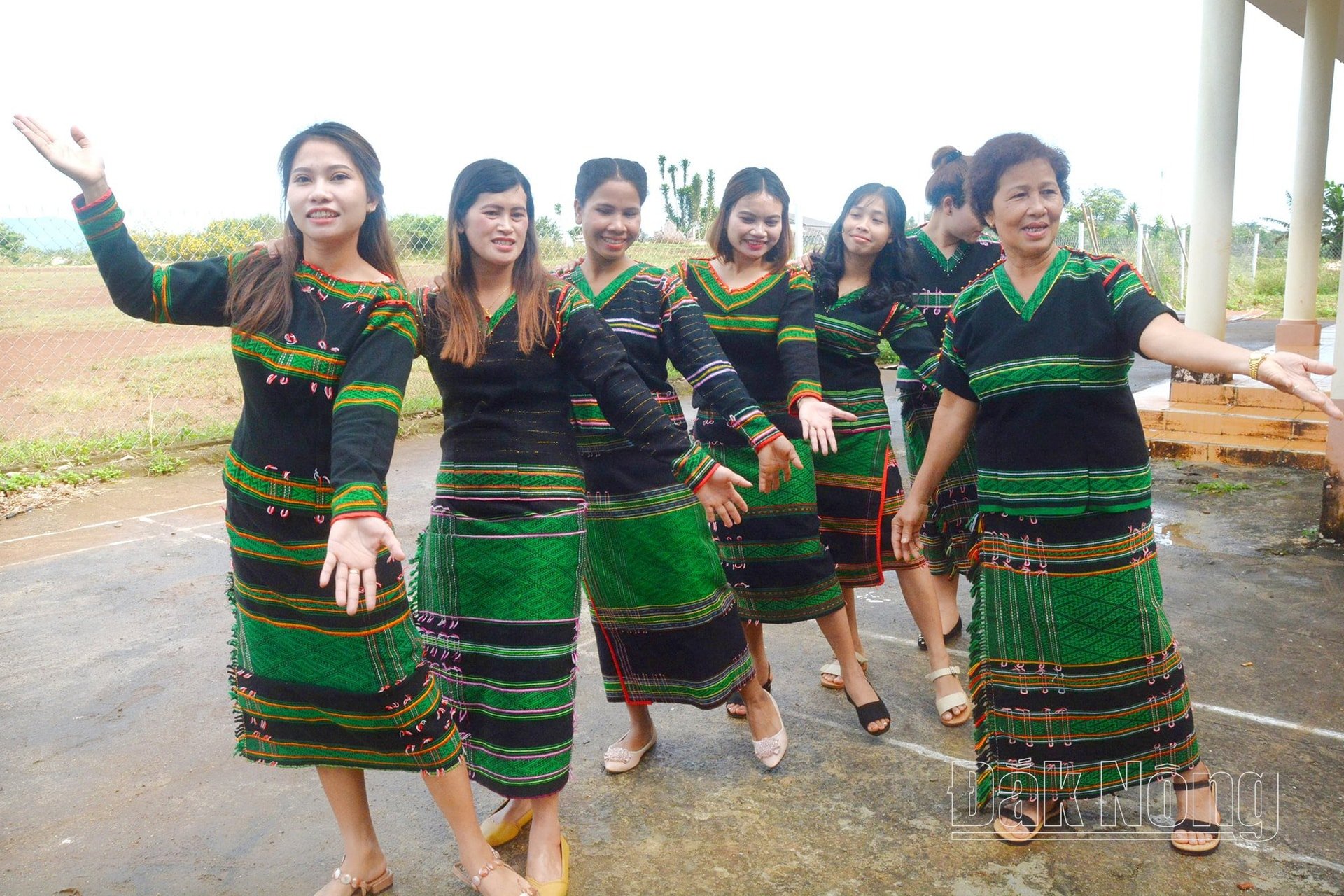
Mr. YA Ron (born in 1992), Captain of the Sa Pa-Bu Dak Folk Art Team, Thuan An Commune, Dak Mil District, informed that the Lien Bon Art Team currently has 32 members, of which there are only 5 elderly artisans, the rest are young people. The excellent and elderly artisans are experienced and talented, the young people are enthusiastic and eager to learn. Therefore, the team operates very effectively, preserving many traditional cultural features of the M'nong people such as folk singing, xoang dancing, gong playing, brocade weaving, and antiphonal singing...
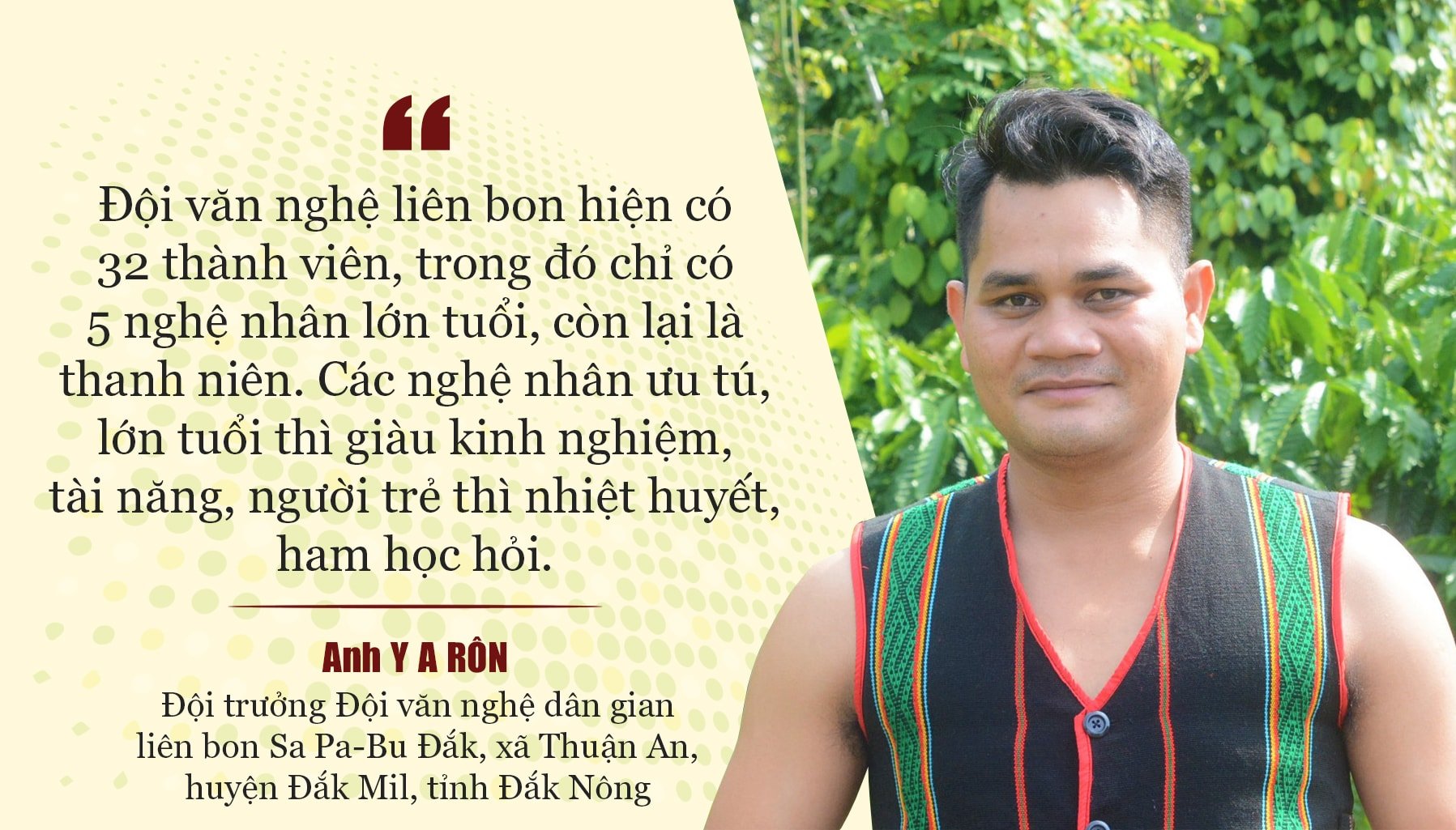
Mr. Tran Dinh Ninh, Head of the Department of Culture and Information of Dak Mil district, said: In addition to the teachings of excellent artisans, young people in the villages and ethnic groups in the North are very active in learning, practicing and mastering cultural activities such as dancing, singing folk songs, playing gongs, weaving, knitting... From those working in cultural affairs, authorities at all levels to each citizen, everyone has the responsibility to protect and promote the cultural values of ethnic groups. In particular, the younger generations - those who continue and preserve this heritage for the future need to clearly understand the importance of preserving intangible cultural values...
Content, photo: Bao Ngoc
Presented by: Phong Vu
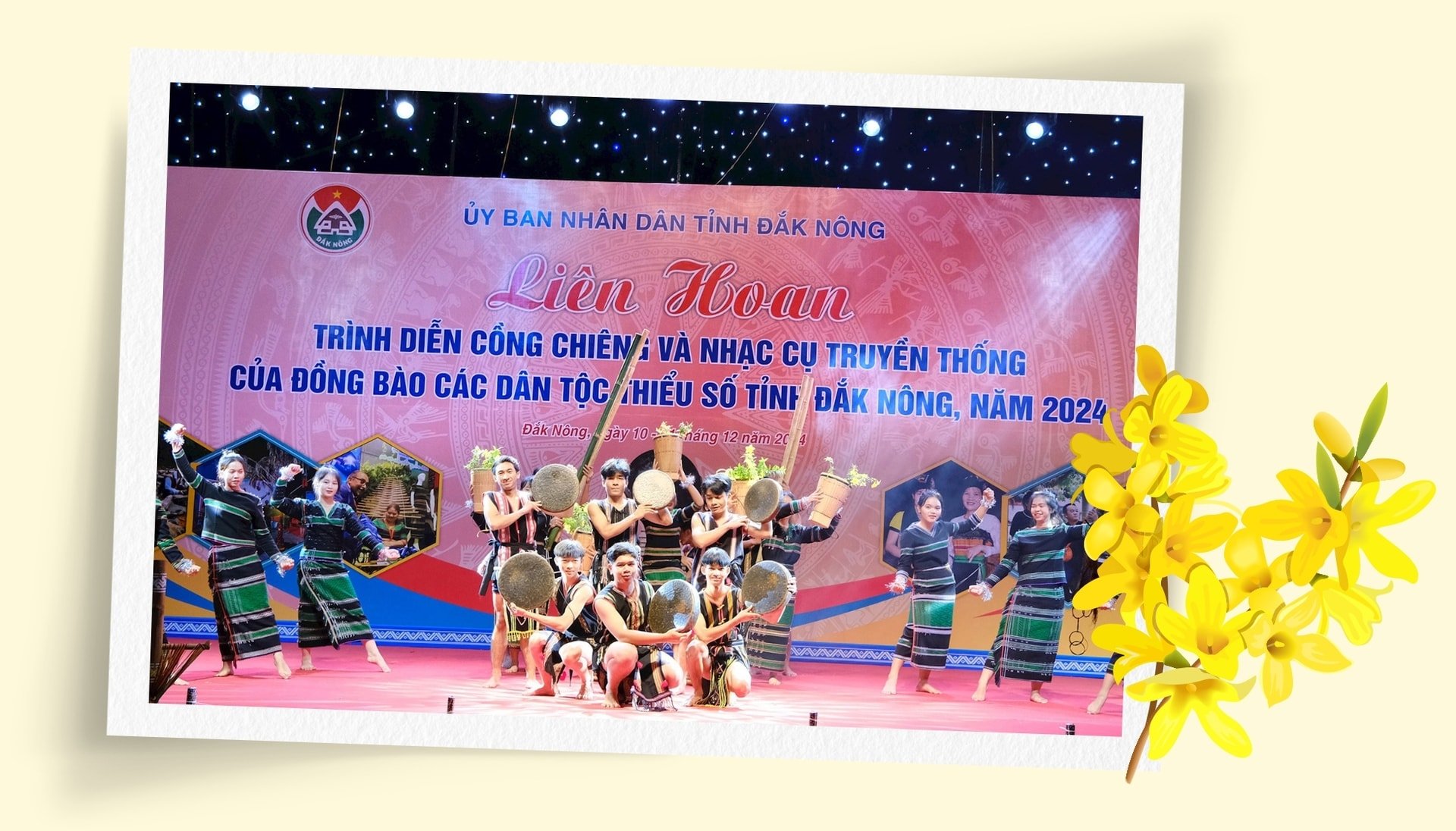
Source: https://baodaknong.vn/mang-non-giu-lua-van-hoa-truyen-thong-237683.html


![[Photo] National conference to disseminate and implement Resolution No. 66-NQ/TW and Resolution No. 68-NQ/TW of the Politburo](https://vphoto.vietnam.vn/thumb/1200x675/vietnam/resource/IMAGE/2025/5/18/adf666b9303a4213998b395b05234b6a)



![[Photo] General Secretary To Lam visits exhibition of achievements in private economic development](https://vphoto.vietnam.vn/thumb/1200x675/vietnam/resource/IMAGE/2025/5/18/1809dc545f214a86911fe2d2d0fde2e8)



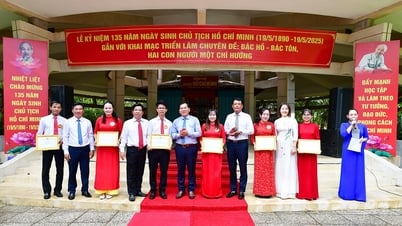




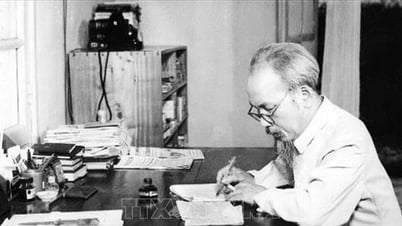








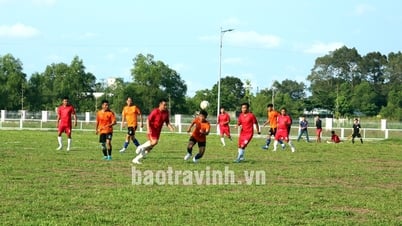















































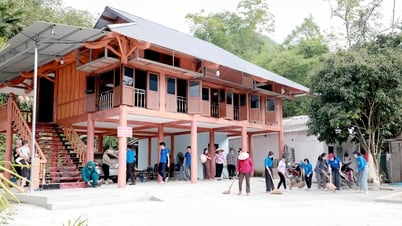




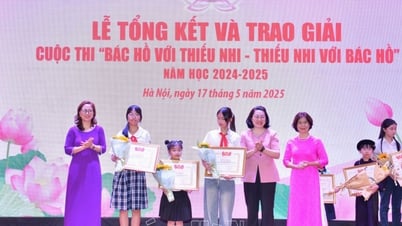

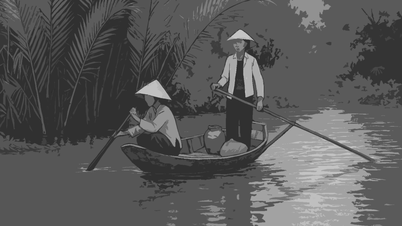









Comment (0)